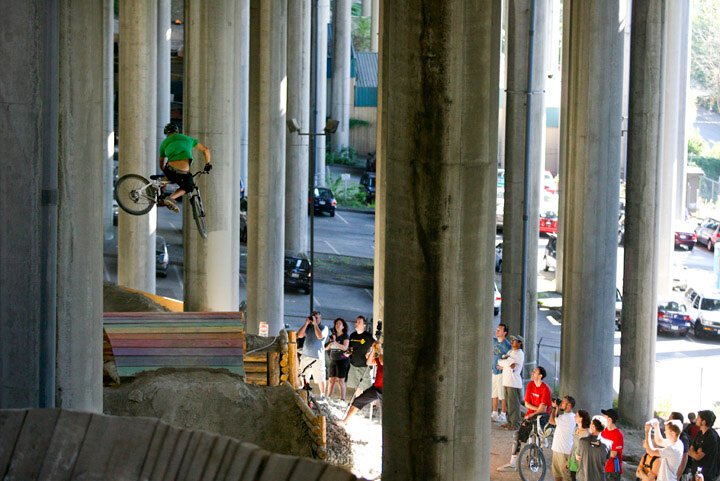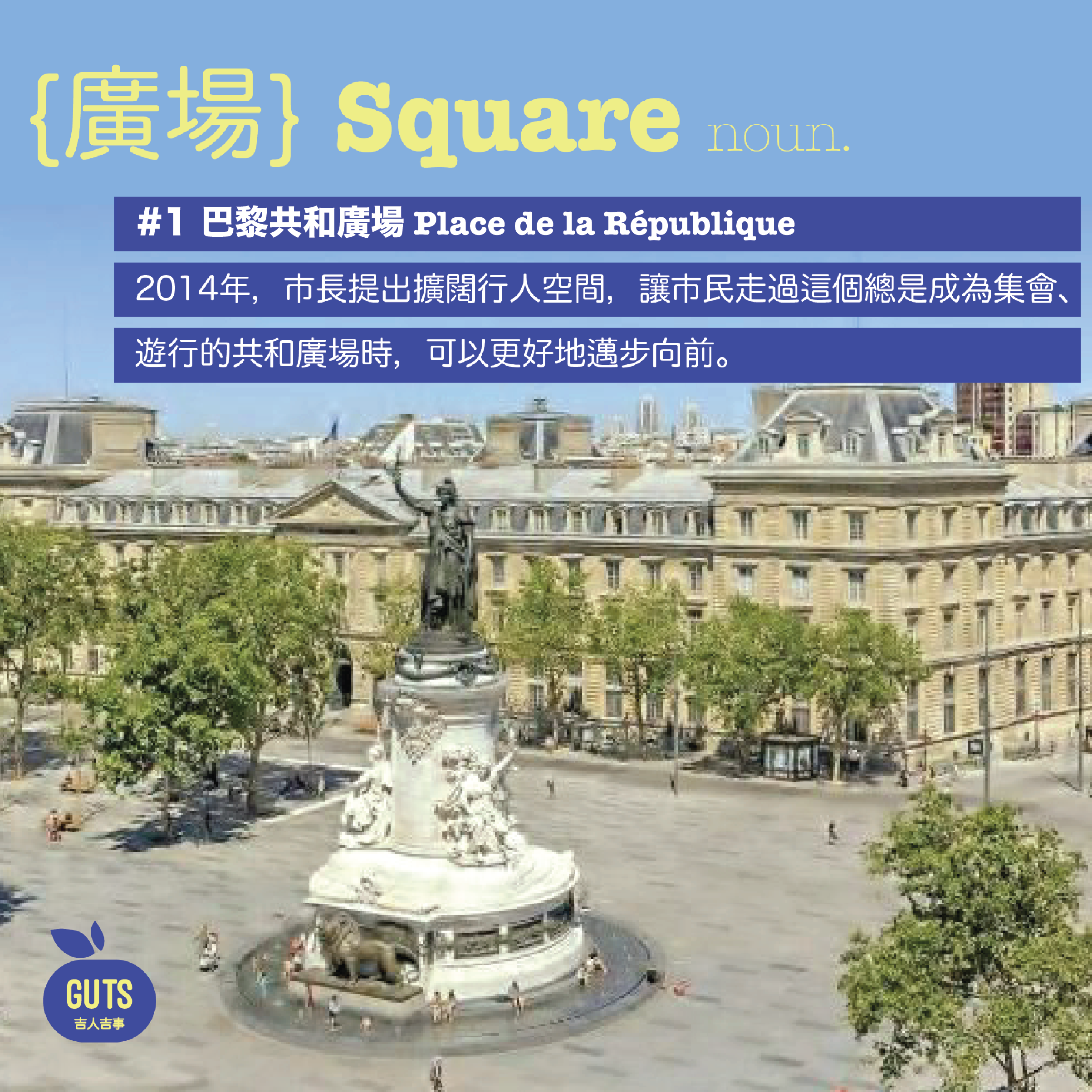荷蘭居民眾籌起天橋 連結城中閒置用地|A bridge is a crowdfunded public space







一直以來,城市規劃及社區建設通常由政府作主導,有沒有想過,居民也可以靠自己,眾籌資金興建公共設施?
2015年,全球首個由市民眾籌建成的基建項目 —— Luchtsingel 天橋,正式在荷蘭鹿特丹開幕。這條鮮黃色的木製天橋全長390米,連結鹿特丹市中心三個地區,並將天橋部分空間變成社區用地,設有公園、天台農場、及方便舉辦展覽活動的空地。同時,連結區內多幢閒置大樓,將這條空中行人路變成多功能的社區空間。
一條天橋 活化荒廢十年的城區
早在2004年,這一區本來納入政府的重建項目之內,並計劃發展成商業中心。可惜07、08年的金融風暴將這項計劃徹底摧毀,那些等待拆卸的建築物也變成廢棄用地,整個社區也逐漸變得荒涼凋零。直至2011年,當地的年輕建築師團隊ZUS,在鹿特丹國際建築雙年展中提出活化社區的意念,這個荒廢的社區才有機會重新展開重建計劃。
ZUS團隊在前往這個廢棄重建區時,發現市中心完全沒有行人路與該區連接,所以首輪活化計劃就提出興建390米長的行人天橋,將鹿特丹北部連接至市中心。可是,ZUS 團隊不想無了期等待政府動工,便決意推出「I Make Rotterdam」眾籌活動籌集工程資金,順道收集民意,加快落實興建天橋的計劃。
在籌備過程中,ZUS團隊更進駐區內其中一幢荒廢的大樓 Schieblock,樓高7層,設有辦公室及共享工作間,開放給其他有意改造社區的年青人及團隊使用,一起研究和進行城市實驗。眾籌方式以居民為本,推出後得到國際社會廣泛關注,最後有超過8,000人捐款,當中包括不少外地人。眾籌行人天橋用木建成,名為「Luchtsingel」(荷蘭文是「空中天橋」的意思)。
後來,ZUS團隊也獲得政府撥款,用三年時間興建行人天橋,連接火車站及區內的閒置大廈,還在天橋上劃出多種用途的活動專區。行人天橋正式啓用之後,已接連舉辦多項社區活動,例如瑜伽班、晚餐、野餐、運動班及放映會等。本來用作辦工室的 Schieblock 大樓,成為鹿特丹的重要企業大樓,頂層開設天台農莊,加上這裡多間咖啡店及酒吧,在天橋開幕後,令這一區成為鹿特丹最受歡迎的休閒場所。
這項計劃的成功,成為不少國際城市的借鏡,證明基建設施不一定要由政府主導,市民也可提出方案,與政府合力改造社區。香港人煙稠密,人多車多,不少地方也靠行人天橋連接,我們的行人天橋又是否能參考 Luchtsingel,把部分地方劃分出來,讓居民休息,甚至舉辦社區活動?「I Make Rotterdam」的方法在香港是否也可行?Are you ready?
Luchtsingel, the world's first crowdfunded public infrastructure project, is a pedestrian bridge located in Rotterdam, the Netherlands.
The 390-metre yellow pathway is located in the heart of Rotterdam, leading pedestrians to the once-abandoned districts in the city centre. Connecting the railroad station and some vacant buildings, the bridge is now more than an infrastructural connector. There are public amenities such as parks, rooftop garden and open space for exhibitions. Luchtsingel is a multi-functional space that is designed for the people, and innovatively, by the people.
A bridge that revives the ghost town
Back in 2004, the district was once in the redevelopment proposal led by the government, planning to be rebuilt as a new commercial centre. Unfortunately, the world-wide 2007-08 financial crisis made the government cease the project. The whole area was left as a ghost town.
It was until 2011, curator of International Architecture Biennale Rotterdam (IABR), the local-based architect, ZUS, decided to take this matter proactively. They launched a new initiative to revive the vacant city centre.
First, ZUS proposed building a pedestrian bridge to reconnect the abandoned areas to the city centre. ZUS occupied a former office building, "the Schieblock", as their office and developed a co-working space for young entrepreneurs to work on city planning. They launched a crowdfunding project named "I Make Rotterdam" to call for public funding. Eventually, the project received support from more than 8,000 people to build the "Luchtsingel" bridge.
The huge success from the crowdfunding campaign persuaded the government to grant funding to push forward the project. In 2015, the bridge was opened to the public with diverse and new public spaces, allowing the citizens to do yoga, dinner events, outdoor fitness workshops, screening and all kinds of exhibitions. The former ghost town has taken up a unique position in Rotterdam's urban fabric.
The Schieblock, the former office of ZUS team, continues to be a significant incubator for entrepreneurs. With bars, cafes, restaurants on the ground floor and Europe's first urban farming roof, the building showcases a sustainable development prototype.
Regenerating a venerable district requires innovative and bold approach. Luchtsingel has demonstrated to us that government is only one of the stakeholders of society. For sustainable impact, empowering the citizens can help to rebuild connections between users and public spaces. Start looking around at our pedestrian bridges, perhaps there are more we could do? Let's create our vision together. Are you ready?
你可能對以下吉人吉事有興趣:
You may also be interested in these GUTS Stories:
















